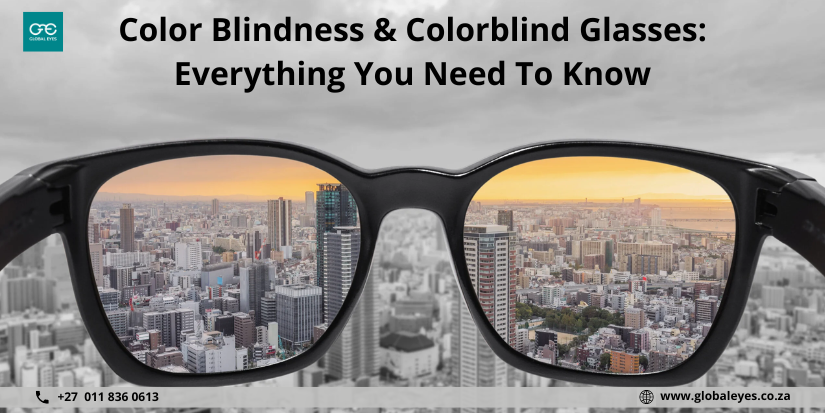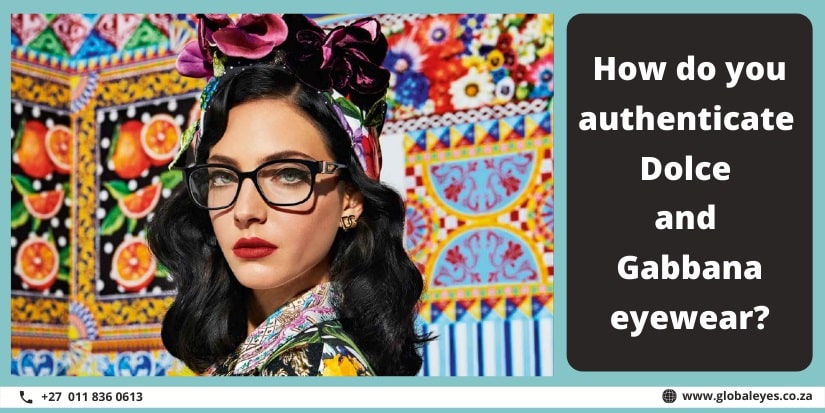Most of us take many things for granted, which we should feel blessed about. For example, the ability to see the world’s beauty in all its different colors. This might be normal for you, but people with color blindness have difficulty distinguishing colors correctly without wearing colorblind glasses.
But since there is a lack of awareness around colorblindness, there is a chance that you might not know about this issue or have some misconceptions. Therefore, proper knowledge of this topic is essential for understanding and empathizing with colorblind people.
Due to the lack of awareness, colorblind people face discrimination and mockery. This sometimes affects their mental health. So, in the article, we have tried shedding some light on color blindness and colorblind glasses to help you better understand them.
What is color blindness?
Color blindness is a common disease that hampers a person’s ability to perceive colors in their complete hue. Generally, our retina’s color-sensitive receptors, known as cones, are the reasons behind the process of our color perception. However, in colorblind individuals, these receptors do not function properly or are missing altogether, which causes a narrow spectrum of color perception and hampers the ability to distinguish them.
Color blindness can be hereditary problem descent by genes or can form later by accident or age. Most people think colorblind people see the world in black and white, but such a condition is rare. 99% of colorblind individuals see most colors to some degree. But they see them as duller and muted than people with normal vision.
According to a study, about 8% of men and 0.5% of women worldwide suffer from color blindness, but not everyone has the same condition. Color blindness differs vastly by type. Mainly, there are two types of colorblindness: red-green and blue-yellow. The former is a more common one and affects men more than women. In red-green color blindness, people have problems distinguishing these colors. On the other hand, the blue-yellow type is less common, and people with this type of vision abnormality have issues perceiving blue and yellow.
What are colorblind glasses?
Now that you know what color blindness is, let’s discuss its solution – colorblind glasses. Colorblind glasses are specialized eyewear created to help patients with color blindness. These glasses feature specialized lenses that enhance the wearer’s perception of red and green or blue and yellow colors.
Colorblindness is irremediable. So colorblind glasses can’t cure the problem. Instead, they provide the ability to see a broader spectrum of colors and enhance color distinction. However, some recent studies suggest that regular use of these glasses may improve this abnormality to some extent if the color blindness is caused by accident or age. But hereditary color blindness does not show any positive or negative change over time.
Things you should know before buying colorblind glasses
If you have colorblindness, there is only one solution for you to cope with the problem – wearing colorblind glasses. But there are some things you should know before buying colorblind glasses for yourself.
Colorblind glasses might hamper night vision.
As colorblind glasses reduce the amount of light getting into the eyes, wearing this eyewear at night might not be a good idea. In addition, reducing the light might be problematic for people with other eye-related issues, such as cataracts or macular degeneration. However, wearing indoor color blindness-correcting glasses at night might help to some extent as they block less light.
Color blindness-correcting glasses are expensive.
Colorblind glasses are expensive and may cost hundreds to even thousands of rands. Such eyewear is more costly as manufacturing them requires special lenses. However, if budget is your issue, some clip-on shades or eyeglasses may be a less expensive option. Moreover, children’s glasses cost a little less than adults.
They may not offer the experience you want.
It is essential to set realistic expectations for color blindness-correcting glasses. They might not provide you complete vision change. Because the severity of this condition differs from person to person, the results color blindness glasses offer also vary. So, keep this in mind before buying these glasses for yourself.
Contrast-enhancing glasses are different from colorblind glasses.
Contrast-enhancing glasses made for hunting or contrast-increasing filters devised in photography do not help with color blindness. These glasses aren’t made specifically to enhance color vision for people with color blindness and, therefore, can’t substitute the colorblind glasses.
End Note
So these are some things you should be aware of before buying color-vision correcting glasses. There is a lack of awareness and many misconceptions about color blindness. And due to this, people with this disease sometimes face discrimination or mockery. So I hope this article has helped you understand color blindness and its specialized eyewear more clearly to understand the problem people with this vision abnormality face.


































































